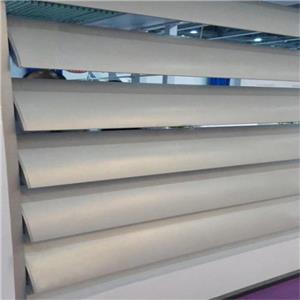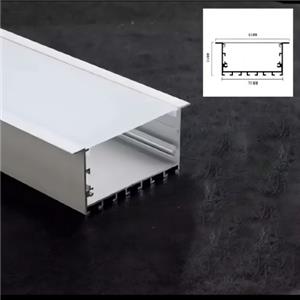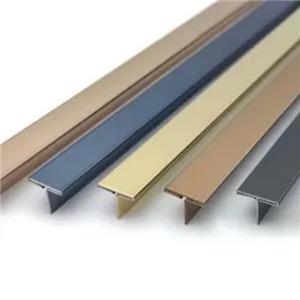Anodized Aluminum Extrusions: All You Need to Know
Aluminum Anodizing Overview
The anodizing process (sometimes known as anodization) converts the surface of aluminum into a thicker, more uniform oxide layer through an electrolytic process.
Electrochemically anodizing produces an aluminum oxide surface that has:
Corrosion resistance
Pleasing appearance
Wear resistance
Improved adhesion of paint or adhesives
Improved lubricity
Improved electroplating adhesion
This article will focus on anodizing aluminum. However, other metals can be anodized, including magnesium, titanium, and aluminum alloys. There are several types of anodized aluminum finishes, including clear anodized aluminum, black anodized aluminum, and hard anodized aluminum. There are also some commonly used anodizing types: Type I, Type II, and Type II.
With this article, you can quickly and accurately choose the right surface treatment for your aluminum extrusion.
What is Anodized Aluminum?
Anodizing is an electrochemically process that converts a metal surface into a decorative, durable, corrosion-resistant anodized oxide finish. Aluminum is well suited to anodizing, although other nonferrous metals, such as magnesium and titanium, can also be anodized.
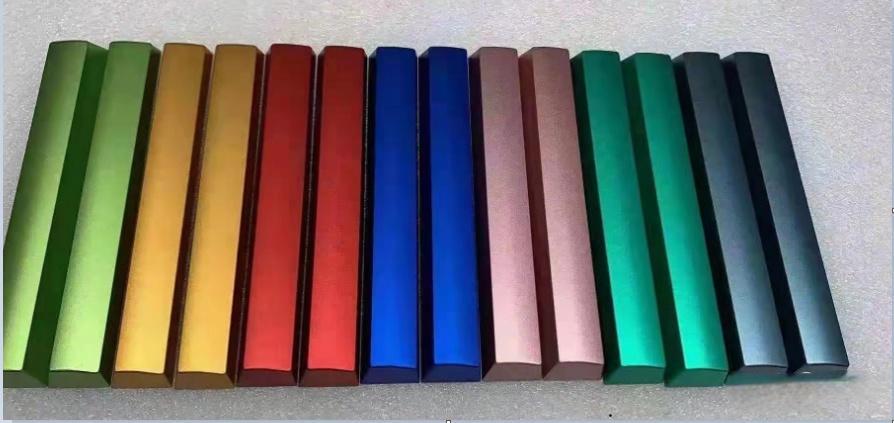
How does the Anodizing Process Work?
Anodizing is achieved by immersing the aluminum in an acidic electrolyte bath and passing an electric current through the medium. A cathode tube is installed inside the anodizing tank; the aluminum acts as an anode, allowing oxygen ions to be released from the electrolyte to combine with aluminum atoms on the surface of the anodized part. Anodizing is therefore a highly controlled oxidation problem and an enhancement of a natural phenomenon.
Types of Aluminum Anodizing Processes Available
To understand how to anodize aluminum, you need to understand the types of aluminum used in the anodizing process. Military specification MIL-PRF-8625 Type II Acid Sulfur Anodizing and Type III Hard Coat Anodizing are the most commonly used. Type II is widely known as conventional anodizing, while Type III is known as tough or hard anodizing.
Type I – Chromic Acid Anodizing
The Type I anodizing process uses chromic acid to form a thin coating on the surface of a metal part.
Although Type I is the thinnest anodizing coating, it still improves the corrosion resistance of the part. However, it also results in the least color absorption when dyed.
Type II – Sulfuric Acid Anodizing
The Type II anodizing process uses sulfuric acid instead of chromic acid. This results in a slightly thicker surface layer on the aluminum part.
Type II sulfuric acid anodizing has a thickness of 0.0002 to 0.001 inches and is more suitable for dyed parts.
Type III – Hard Coat Anodizing
This is often referred to as "hard anodizing" and also uses the sulfuric acid method. However, it produces a thicker (> 0.001 in.) anodized layer than Type II. Hard-coat anodized parts have the best wear resistance and staining potential. However, it may not be ideal for parts with extremely tight tolerances.
Which type of anodizing should you choose? What is the difference?
Type I uses chromic acid to form a thin coating on the surface of metal parts. It is where corrosion resistance and some degree of wear resistance are needed, such as manufacturing highly fatigued structural parts on aircraft.
Type II anodizing uses sulfuric acid to form a slightly thicker surface layer on aluminum parts. Its applications are in manufacturing consumer products, kitchenware, architectural aluminum parts, and industrial aluminum parts.
Type III is similar to Type II, but with a thicker corrosion-resistant layer. This makes it ideal for parts that must withstand extreme temperatures and chemical exposure. For example, the military uses it to produce strong metal parts, often used in firearm components, gears, valves, and many other parts that slide against each other.
All types of adhesives help paint and other adhesives adhere better than bare aluminum. In addition to the anodizing process, some parts may need to be stained, sealed, or treated with other materials, such as dry film lubricants. If a part is to be dyed, it is considered Type 2, while an undyed part is Type 1.
How to Dye Anodized Aluminum Parts?
The anodized oxide structure originates from the aluminum substrate and consists entirely of aluminum oxide. Rather than being applied to the surface like paint or plating, this aluminum oxide is completely integrated with the aluminum substrate underneath, so it will not chip or flake off. It has a highly ordered porous structure that allows for secondary processing such as coloring and sealing.
Once the dye is applied, the pores can be sealed, allowing the color to be embedded in the oxide layer. Because the dye is now part of this passive layer, it will not fade or flake off, providing a durable, long-lasting and elegant finish.
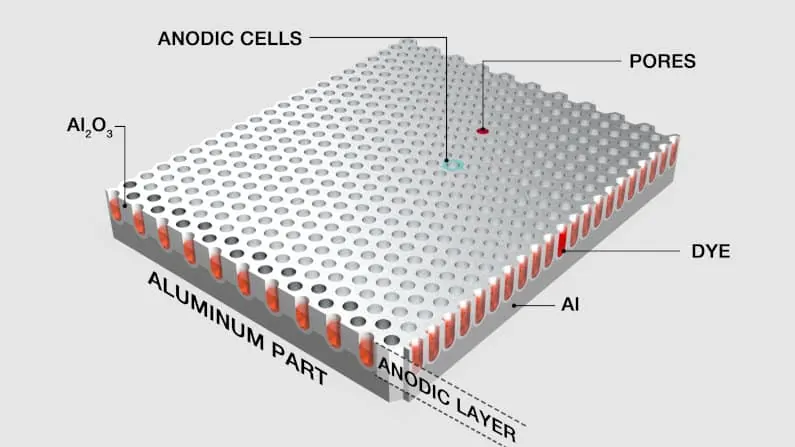
Does Anodizing Improve Heat Dissipation?
Yes, it does. If an item is hotter than its surroundings, it will begin to cool. The greater the surface area of the hot item, the faster it will dissipate heat. Anodized aluminum has a higher surface area than unfinished aluminum, and is therefore more efficient at releasing heat.
This improved thermal conductivity, or heat dissipation, is due to improved convective heat transfer and enhanced emissivity. Convective heat transfer is the transfer of heat between a surface and the surrounding air and is primarily affected by design and, to a lesser extent, by anodizing.
Radiative heat transfer, also known as emissivity, occurs between two surfaces and can be significantly improved by anodizing. This property makes anodized aluminum well suited for small heat sinks, as described in our article on anodized aluminum heat sinks.

Is Anodized Aluminum Highly Conductive?
No, it is not. Aluminum itself is highly conductive; however, the oxide layer has physical and chemical properties similar to ceramics. One of the main properties of ceramics is electrical insulation.
Anodized aluminum sheets are still able to achieve limited conductivity through contact because the oxide layer is so thin, but the conductivity is much lower relative to untreated aluminum. While there are workarounds, if conductivity is an important aspect of your product design, you may want to consider a different surface treatment for your aluminum product.
Advantages of the Anodizing Process
The anodizing process replaces the natural aluminum oxide layer with a new one to improve part durability, paint adhesion, component appearance and corrosion resistance. It also produces a chemically resistant coating that resists harsh cleaning agents. The image below shows some parts that have been anodized and then dyed different colors.

The anodizing process uses an acid bath and an electric current to form this anodic layer on the parent material. In simple terms, we are creating a controlled and durable aluminum oxide layer on our components, rather than relying on the thin oxide layer that naturally exists on any bare aluminum surface. It is similar to bluing, Parkerzing, passivation and other conversion coating surface treatments used for corrosion resistance and surface hardening..
Typical Applications of Anodized Aluminum Parts
Anodized paint has a wide range of applications, but one of the most common is for aesthetics as it can dye components a variety of colors.
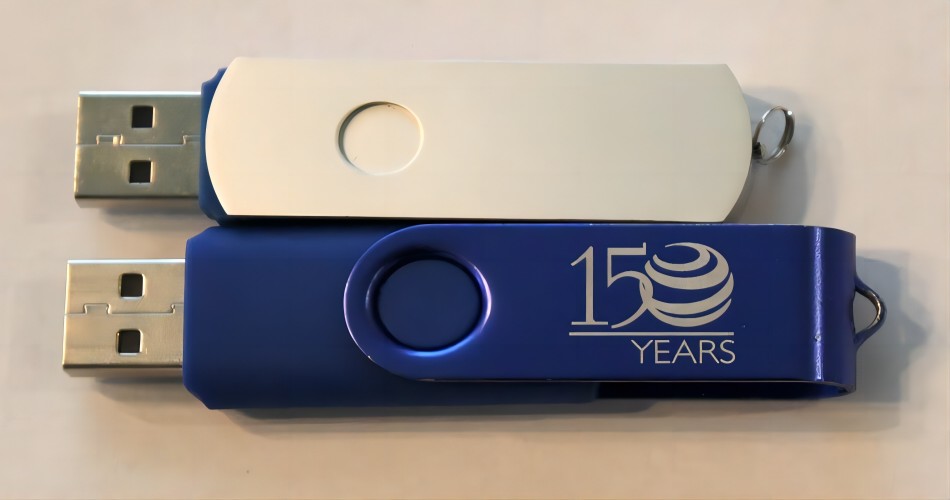
The top thumb drive is Grade 1 (undyed), so the anodized coating looks clean and is almost the color of the base alloy. The bottom thumb drive is dyed a vivid blue. Another example is the threaded adapter below, which has been anodized and dyed black.
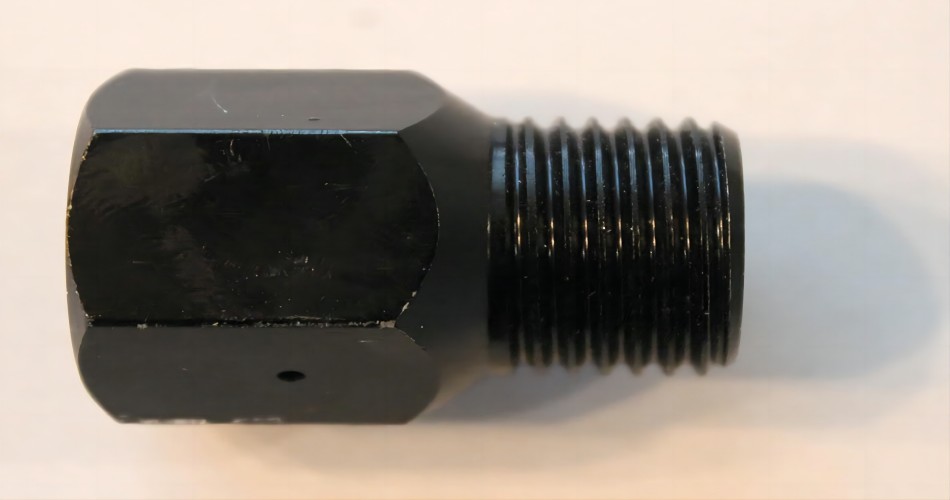
The threaded adapter coating does not appear to be wear resistant, indicating that it is coated with a thin Type II anodized coating or that the production process was poorly controlled.
As a fourth example, we have some anodized heat sinks, shown below.

Anodic coatings can increase the effectiveness of heat sinks by increasing surface emissivity by an order of magnitude, thus improving radiative heat transfer.
Below, we can see a matte black valve that has a relatively high-quality anodic layer. Also, note the attractive laser-etched logo that contrasts well with the rest of the component. The logo is typically etched through the anodic layer rather than printed on the surface of the part, which both improves durability and saves cost and process steps.

Anodized aluminum is ideal for outdoor signage because it is lightweight, corrosion-resistant, and more durable than paint. The anodized surface can be easily screen printed or covered with reflective materials, like the outdoor sign example below:
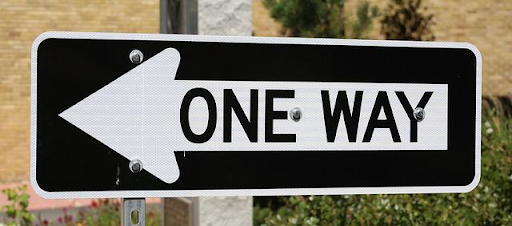
While we have discussed a wide range of applications, we have barely scratched the surface of all the potential applications for anodized aluminum. If you are looking for more information and examples, we recommend that you check out the Aluminum Anodizers Council's website.
Should You Anodize Your Aluminum Extrusions?
The choice of whether or not to anodize your aluminum extrusions depends on the intended application of the product. As this article highlights, anodizing has both advantages and disadvantages.
Let's say your main concern is corrosion resistance and a very beautiful metallic appearance, or you want to improve the emissivity or adhesion of a primer or glue. In this case, anodizing may be a good choice for finishing extruded products.
However, if electrical conductivity is essential, or if the workpiece is to undergo further forming processes, anodizing may not be the best choice. These may cause cracking of the oxide layer. Anodizing also slightly increases the size of the workpiece. Therefore, it is not recommended if you are working under very tight dimensional tolerances.
If you are looking for an alternative to anodizing, you can consider powder coating as a way to finish aluminum products, giving them a vibrant color. If a matte finish is suitable for your application, and you need longer durability and protection against UV fading, you can consider applying PVDF coating to your aluminum products.
FAQs
How Does The Aluminum Anodizing Process Work?
The anodizing process converts the aluminum surface into a thicker, more durable, and more uniform oxide layer through an electrochemical process. The porous structure of the resulting surface allows for improved paint and adhesive bonding, plating adhesion, enhanced heat dissipation, and allows for secondary injections of lubricants and colorants.
What Colors Can You Anodize Aluminum?
You can achieve most colors by using dyes during the anodizing process or by painting afterwards (e.g., to achieve a pure white color).
There are a variety of methods for anodizing coloring, including electrolytic coloring, dip coloring, integral coloring, and interference coloring (see the Coloring Methods section). Possible anodizing colors include black, blue, blue-gray, brown, gold, gray, green, olive, pink, red, purple, and yellow. Some processes produce colors that are UV-resistant. Some processes produce colors caused by optical interference effects, and some by light scattering.
It is important to note that some colors may require special chemical reagents and more complex processing, so cost and feasibility also need to be considered.
What Does Clear Anodized Aluminum Look Like?
Clear anodized aluminum has a uniform, transparent film that offers increased corrosion and wear resistance. The color of the film varies from very light to dark gray as the coating thickness increases.
Clear anodized aluminum combines the solidity of metal with a glass-like translucent quality, providing a unique aesthetic and functional material choice for the design and manufacturing worlds.
Which Type of Anodizing Should I Choose?
Most machined parts are anodized according to Type II (or "conventional") sulfuric acid anodizing and Type III hardcoat or "hard" sulfuric acid anodizing, in accordance with military specification MIL-PRF-8625. Type I anodizing uses an environmentally unfriendly chromic acid that is rarely specified.
You can discuss specific treatment details, including oxide film thickness, color, treatment process and related quality standards with your supplier or professional technician to ensure that the final product meets your expectations and requirements.
How Much Does Anodizing Aluminum Cost?
The cost depends on coating thickness, anodizing type, secondary finishing services, part geometry, and batch size.
Will Anodizing Wear Out?
Anodizing is durable because it is part of the base aluminum material. However, it will wear away from abrasion, and the color may fade from prolonged outdoor exposure. Type III hard anodizing retains its color and wear resistance longer than Type II.

